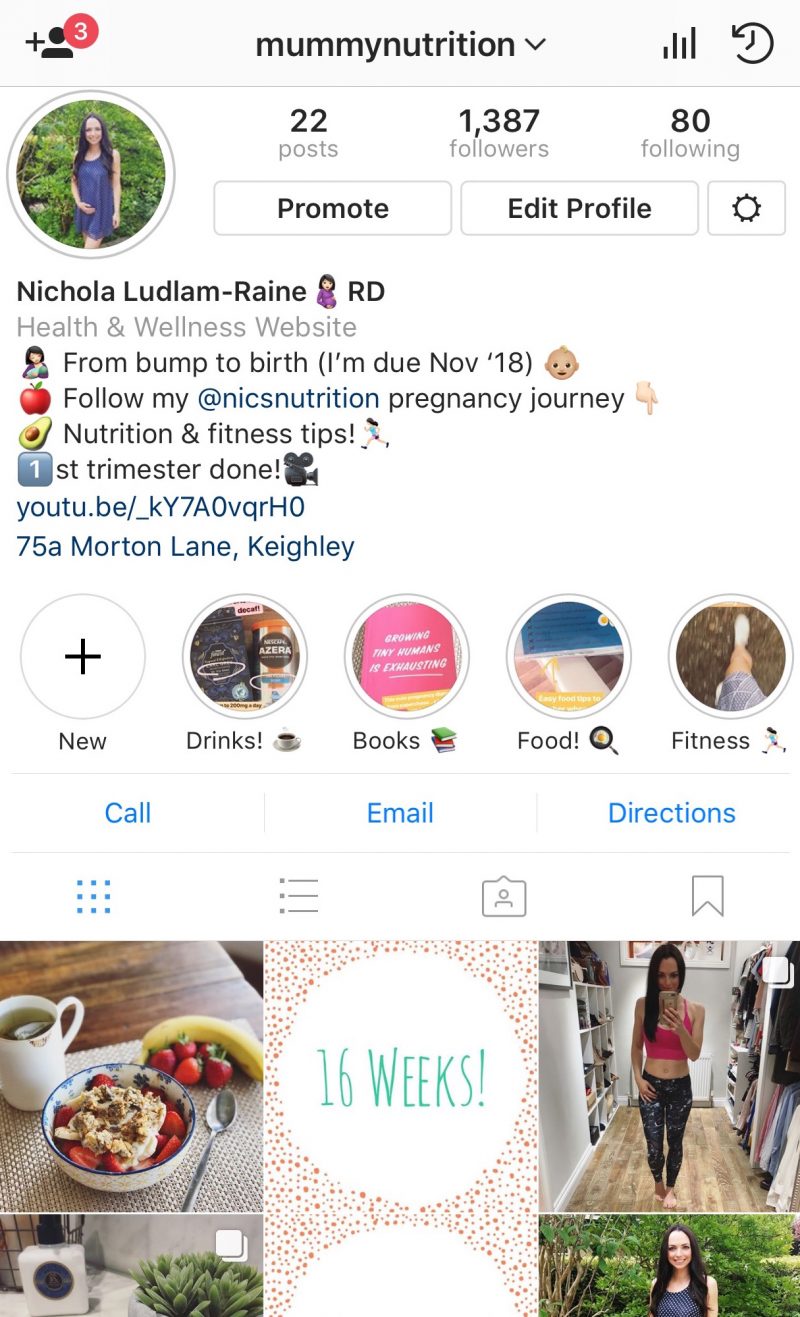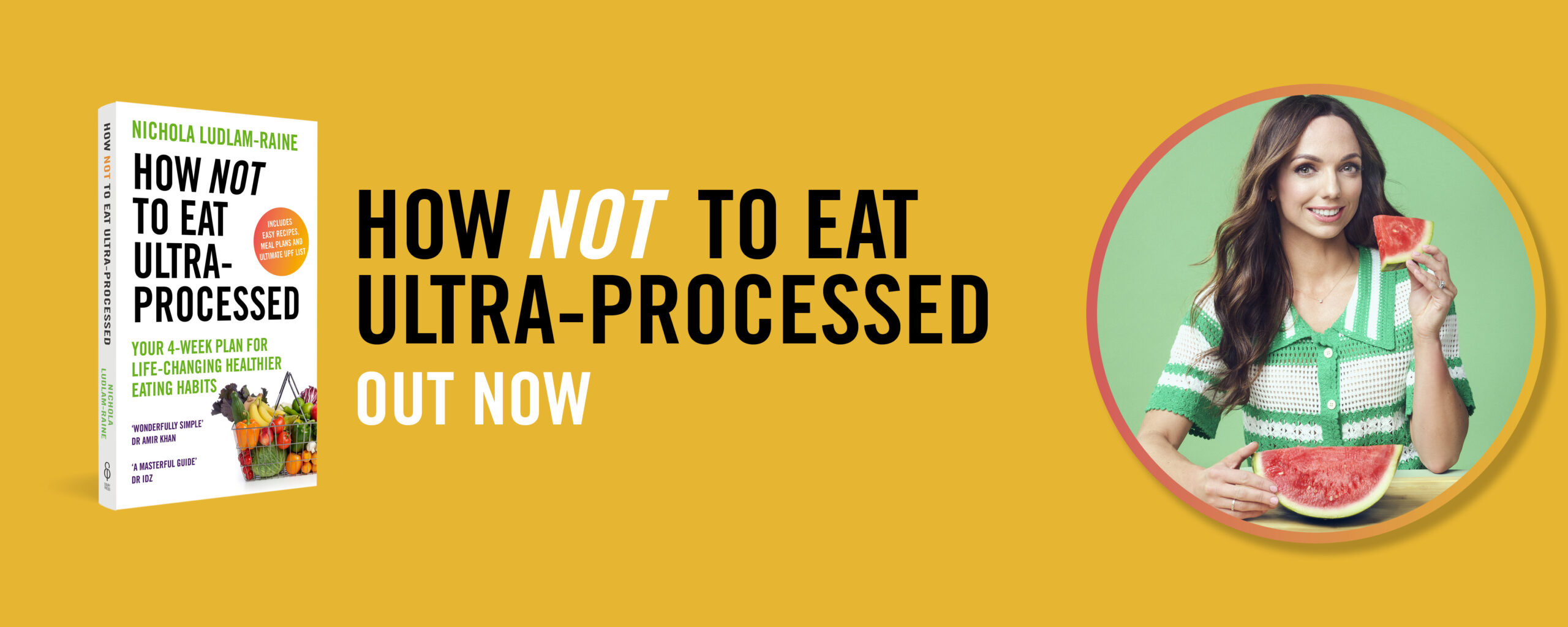
The other week Aptaclub told me about the shocking statistic that more than a quarter of women feel that they can’t or shouldn’t exercise whilst being pregnant. This is of course completely untrue and is one of the reasons why they have launched their “Active for 2” campaign which encourages mums-to-be to stay active throughout their pregnancy.
As I’m currently 19 weeks pregnant, and have been inundated with questions on my @mummynutrition Instagram account about exercising during pregnancy, I couldn’t wait to check the campaign out and share some information with you about keeping active throughout this exciting time!

Aptaclub told me that the reason why expectant mums give up completely or drastically cut down on exercise is down to fears that it could harm their baby. Many mums to be said they were met with a disapproval comments when exercising, with many mentioning pressure being the main cause behind stopping keeping fit.
In addition to this, almost 60% of women surveyed said they simply didn’t feel well informed about how to improve prenatal health. Inspired by this, Aptaclub created “Active For 2”, a campaign designed to educate pregnant women about the benefits of exercise and show them how to stay active safely during their pregnancy.
Gone are the days when women are prescribed ‘bed rest’ for simply being pregnant as we now know that there are numerous benefits to staying active during pregnancy for both mummy and baby:
Benefits of Staying Active for Mummy:
- Reduced incidence of lower back pain
- A 30% reduction in the risk of gestational diabetes
- Reduced likelihood of an unplanned caesarean
- Lower incidence and reduced severity of depression
- Less pregnancy weight gain
- Lower risk of urinary incontinence
- Reduce incidence of pregnancy constipation
- Less pregnancy tiredness
Benefits of Staying Active for Baby:
- A healthier heart
- Normal birth weight
- Quicker to develop neurologically

Wearing: Zakti Active
The body goes through a whole host of changes during pregnancy, some visible and some not so visible:
- An increase in blood vessel diameter, followed by an increase in blood volume
- Greater insulin resistance, leading to higher blood glucose levels
- Increased maternal fat storage and an increase in breast size
- Increased relaxin, causing looser joints
- Increased fatigue, particularly in trimesters 1 and 3
- Increased pressure on the pelvic floor muscles
You should adapt your workouts in accordance with how far along in pregnancy you are. Across all 3 trimesters though you should include a gentle 10-15 minute warm-up and cool-down to avoid raising blood pressure or post-exercise hypotension (low blood pressure). Stretches should not be held for more than 8-10 seconds due to the dangers of over stretching ligaments.

Before you start becoming more active, you should be aware of the 4 main contraindications to exercising during pregnancy; if you have any of the following please consult with your GP or midwife beforehand:
- Significant physical injury
- An acute bout of illness or chronic underlying disease
- The onset of persistent or recurrent localised pain
- Abnormal or heavy vaginal bleeding
- Trimester 1 (0-12 Weeks)
If you’re already active, carry on as usual and if you’re new to exercise then start gently and build up gradually. Walking is a great to start with. Avoid contact sports throughout pregnancy to prevent your bump being bumped and don’t exercise in hot conditions (no more ‘hot yoga’!).
During my first trimester (March-May) I continued to follow my usual YouTube videos Monday to Friday however if I felt overly tired one morning I would simply skip my workout in favour of a walk after work, or I would swap a HIIT session for something less intense e.g. a lower body workout with dumbbells. Some abdominal moves also felt a little uncomfortable so I immediately stopped doing them and moved on to an alternate exercise.
- Trimester 2 (13-26 Weeks)
Make sure that you can hold a conversation during exercise to ensure that you’re not over-exerting yourself. Don’t lie on your back for longer than a few minutes after you’re 16 weeks pregnant, and avoid stomach crunches and sit-ups to prevent your abdominal muscles from splitting. Include pelvic floor exercises daily.
During my second trimester things have pretty much returned to normal however I’m avoiding exercises on my back (this includes not doing sit-ups and crunches) and intense HIIT workouts (to save my pelvic floor!). I’ve lowered my weights (from 6Kg to 3Kg) and I’m keeping up my lunch time/evening walks; I aim to walk 10,000 steps a day on most days.
- Trimester 3 (27-40 Weeks)
Gentle swimming, walking and dancing are great. In the gym cycling and rowing are gentle on your bump. Listen to your body; if it feels good, keep it up, if it is uncomfortable, stop! Remember to drink plenty of water too.
I’m yet to reach my third trimester however I know that I will be carrying on trying to hit my 10,000 steps on most days!
For more specific advice regarding what to do during trimesters 1, 2 and 3, check out the Aptaclub website for information on walking and running, yoga, swimming and strength training.
Are you pregnant? If so, how are you staying active?
I really hope this blog post helps you!
Above outfit from UK Lingerie
*I gained my Level 3 Award in Designing Pre and Post-Natal Exercise Programmes in 2017 with Premier Training International after gaining my Personal Training Level 2 and 3 Certificates. This blog post contains an advertorial brought to you in association with Aptaclub.
